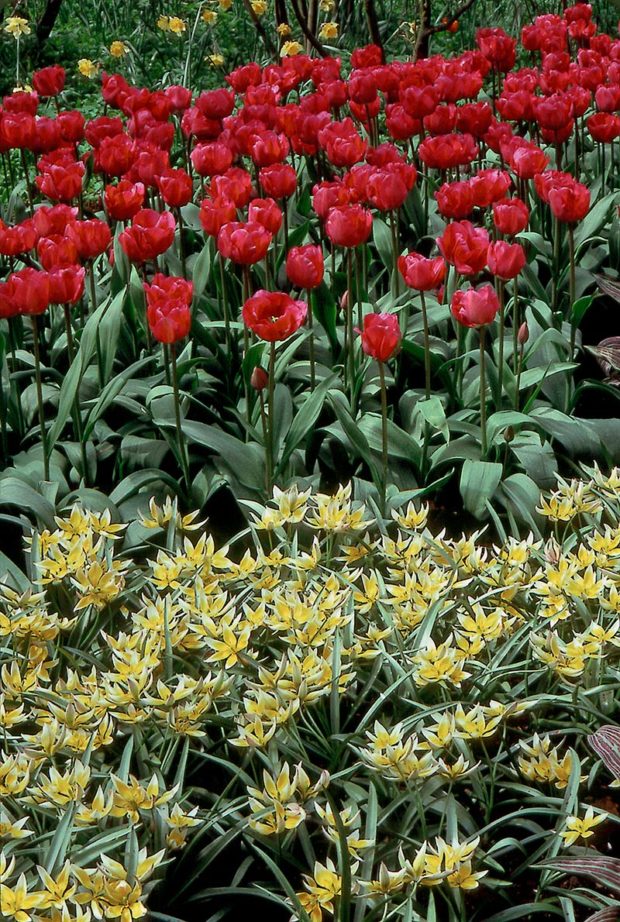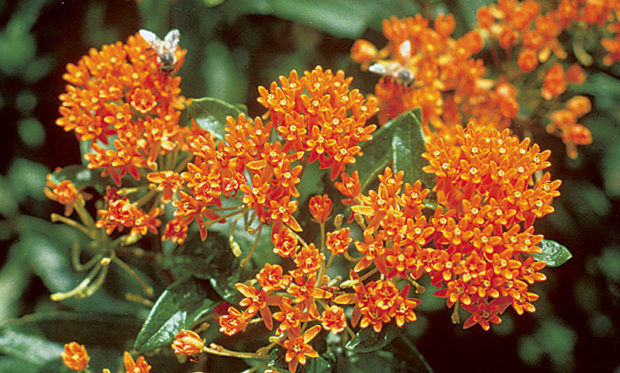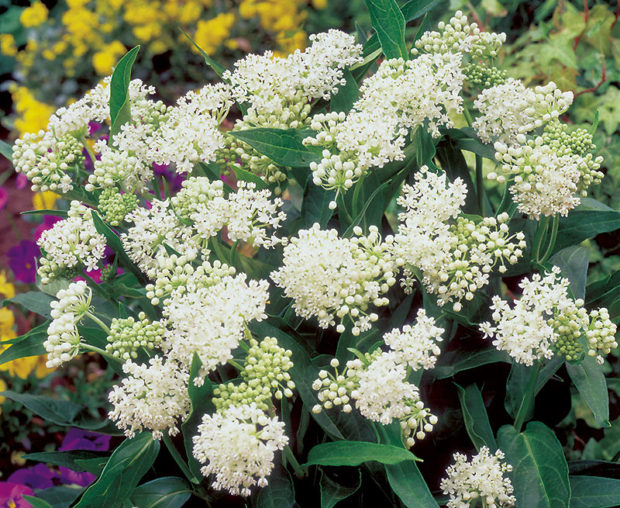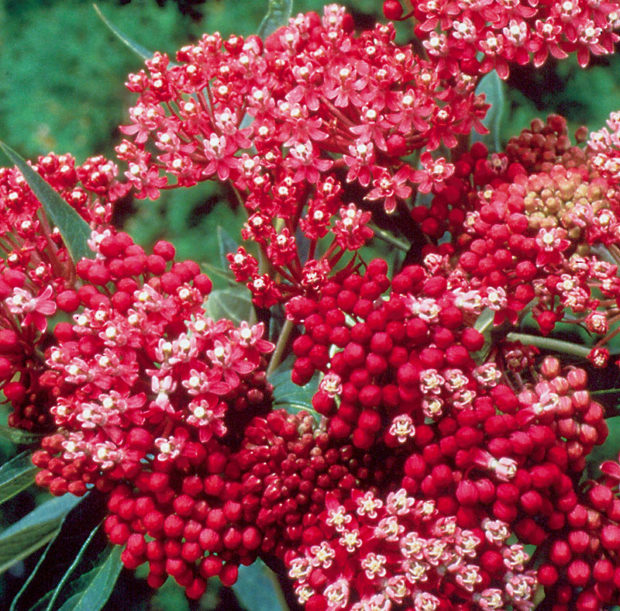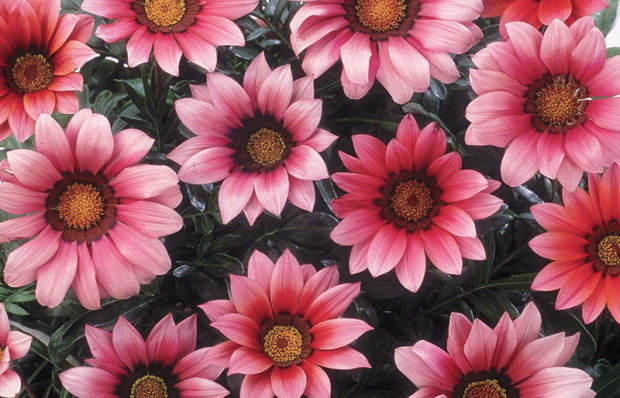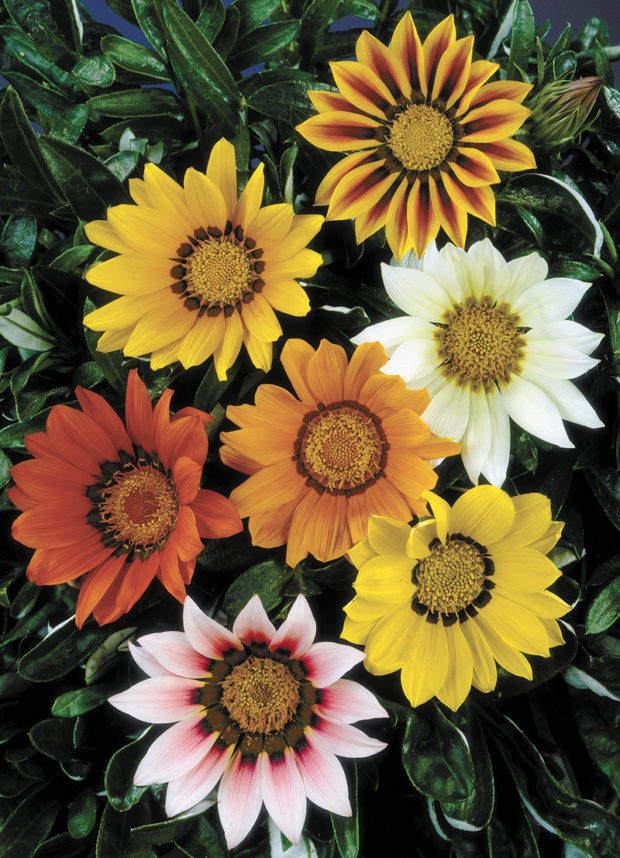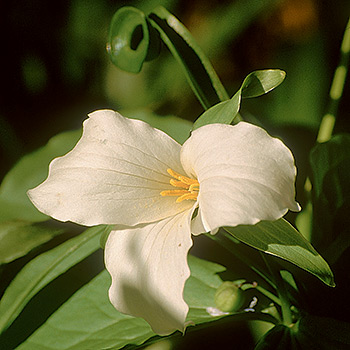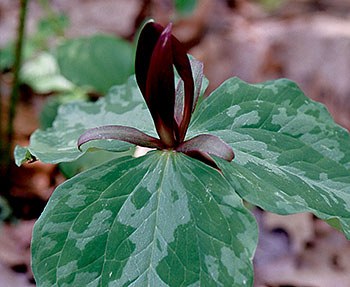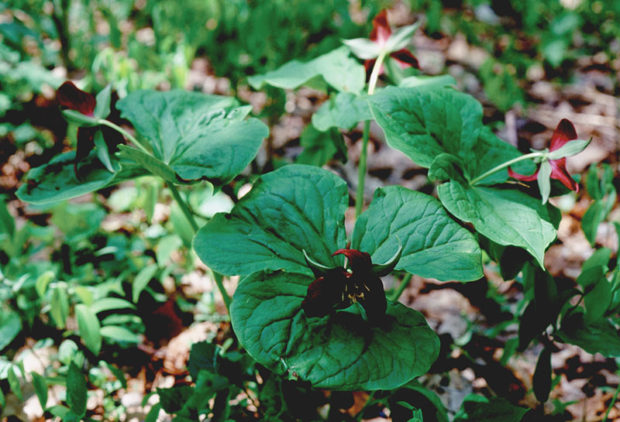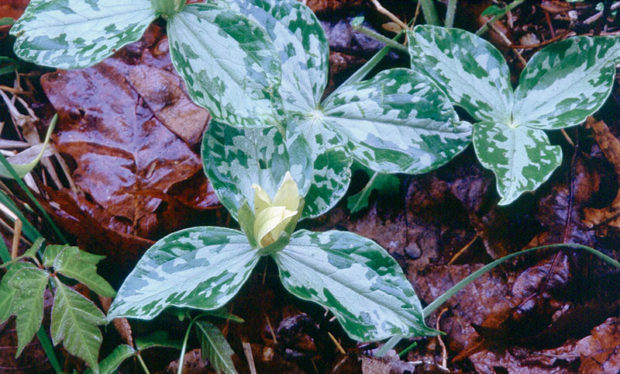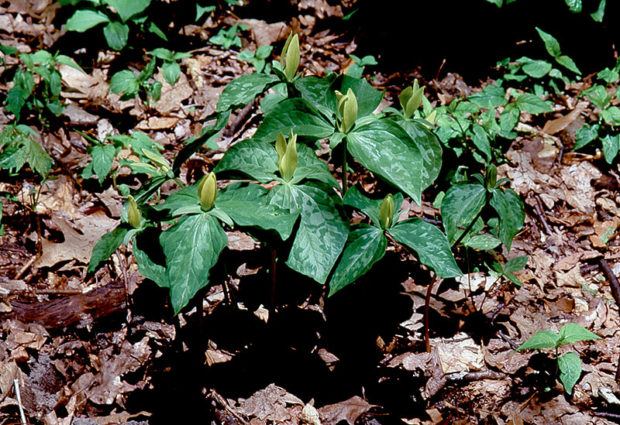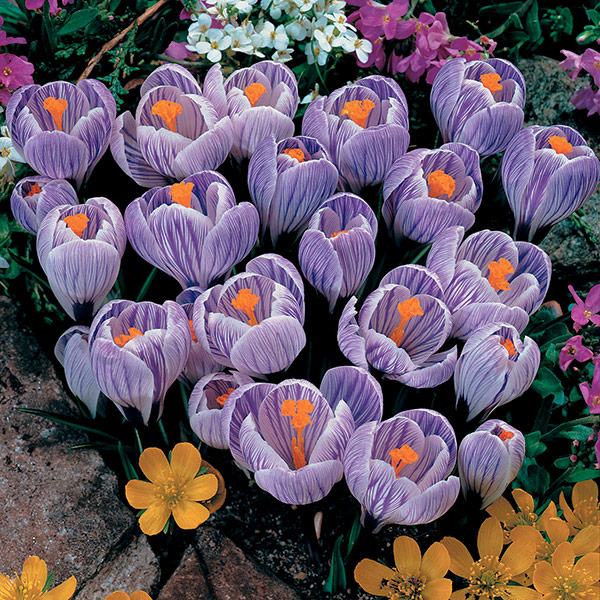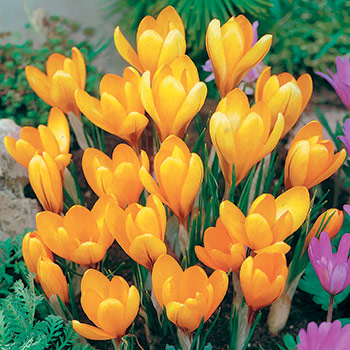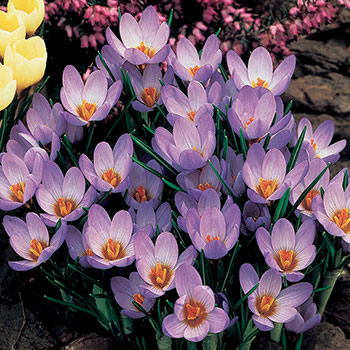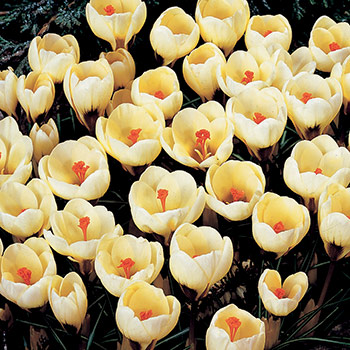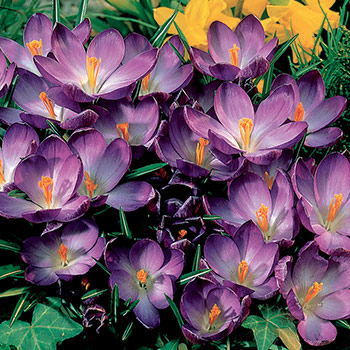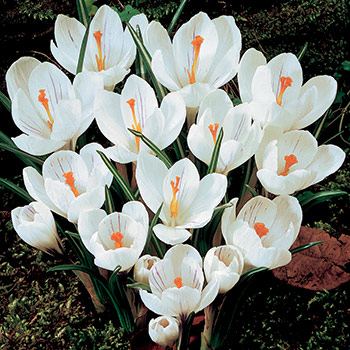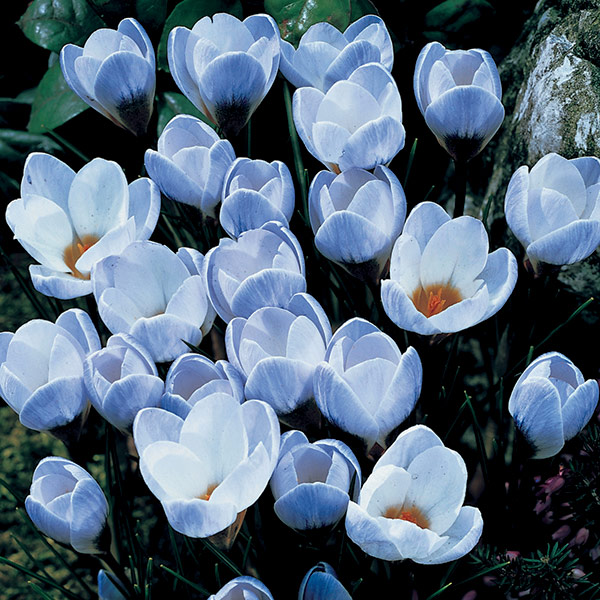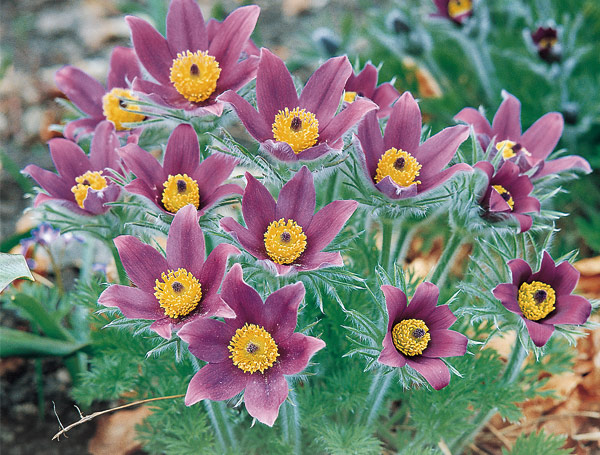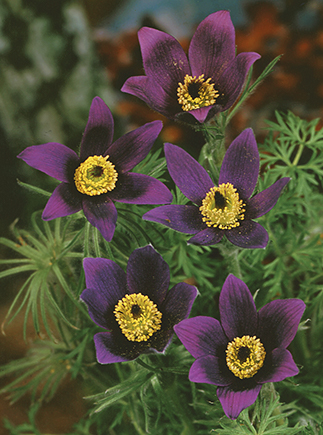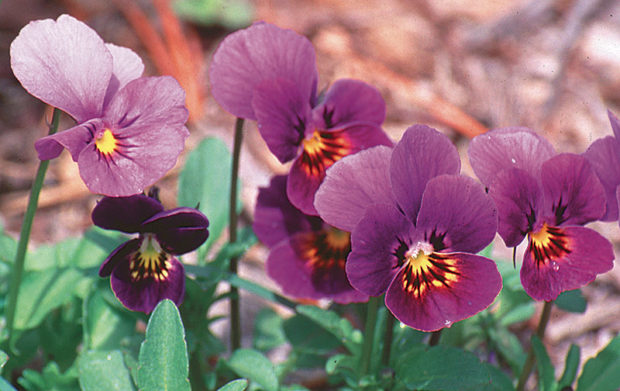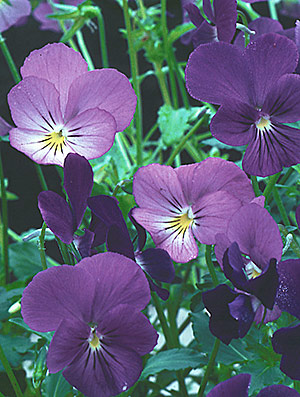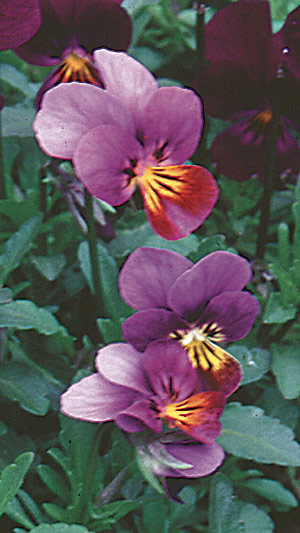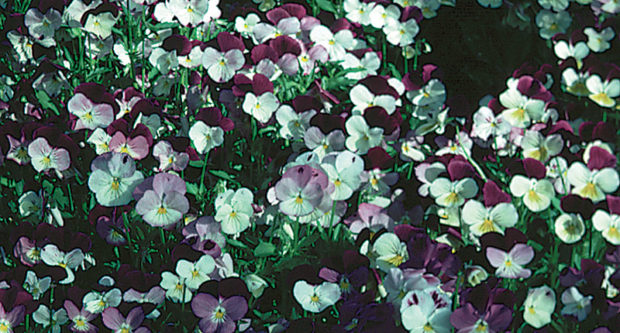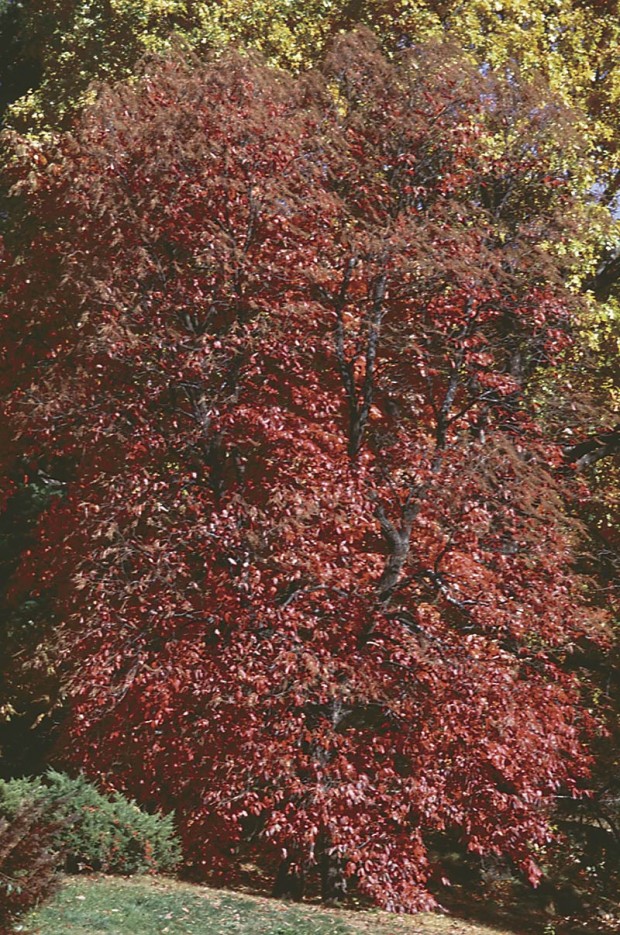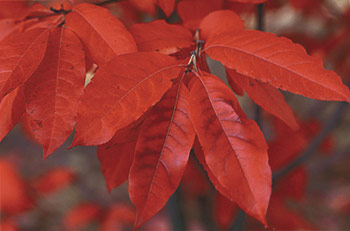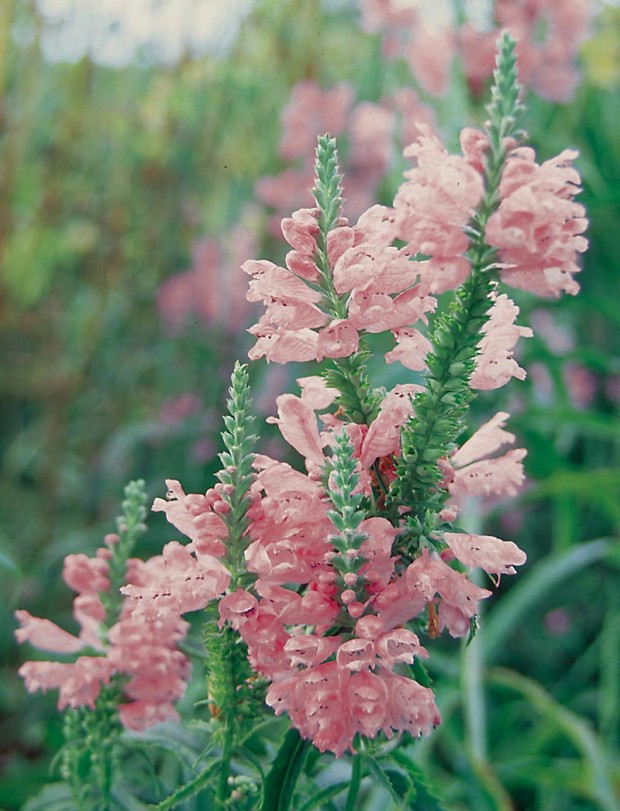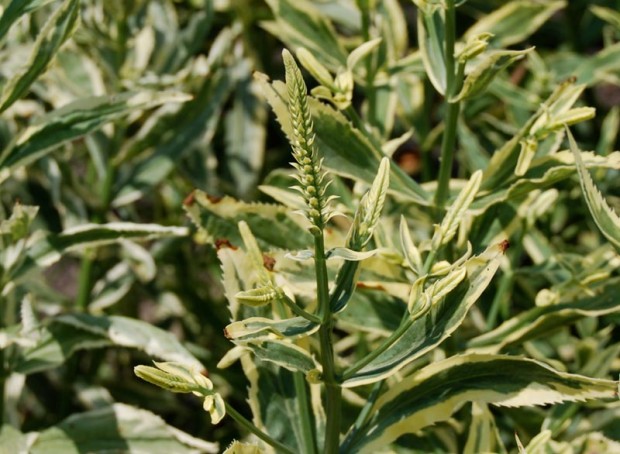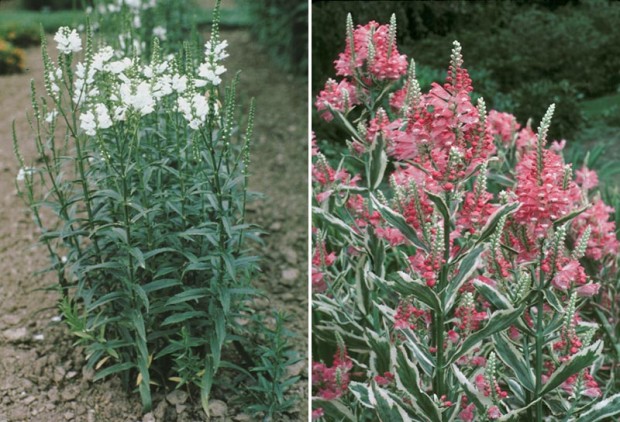by George Papadelis
Many good gardeners have fallen prey to the notion that all perennials are low maintenance, long-lived, and long-blooming. Many of these same gardeners became familiar with perennials by buying those plants that were more common and readily available. These often included forget-me-not, delphinium, columbine, hollyhock, and sweet William. These are all beautiful, easy-to-grow plants. However, they are either biennials or short-lived. For the new perennial gardener, this may be the kind of experience that makes perennials “too hard to grow” and can discourage them from ever trying perennials again.
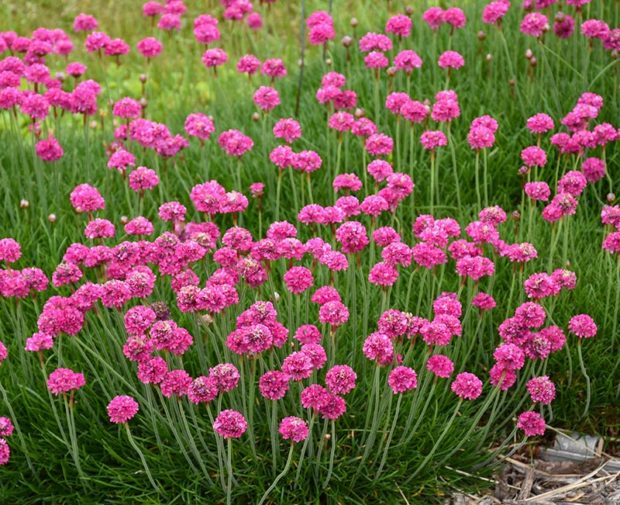
Many perennials are, in fact, long-lived as well as long-blooming and low maintenance. Sea thrift or sea pink (Armeria) is all of these and much more.
The genus Armeria includes many varieties that vary in height, flower color and size, and leaf shape. All of these have narrow grass-like foliage, and globe-shaped blossoms that range from rosy-red to pink to white. Heights can vary from 2 to 18 inches. The individual flowers last for three weeks beginning in May, but will continue to be produced through July into August if the spent blossoms are removed. One of the unique features of sea thrift is its ability to produce so many showy flowers from a relatively small clump of grassy foliage.
Sea thrift is native to many parts of the northern hemisphere, where the soil tends to be less fertile and well-drained. The rocky, sandy, unamended soil that sea thrift prefers can usually be attained in your garden by incorporating gritty sand and small gravel into the existing soil. Sea thrift also prefers dry soil and sun. With minimal water, soil preparation, and fertilization, it is a very durable, yet rewarding perennial.

One of my favorite species is the tiny Spanish thrift (Armeria juniperifolia). This one has a very tight tuft of needle-like foliage that only stands 1 to 2 inches tall. It is covered with 3/4-inch lavender pink flowers on short stems only one inch above the foliage. After 1 or 2 years, the mound may grow to become only 4 to 6 inches wide. This little gem is outstanding for small rock gardens, miniature gardens, or trough gardens (rustic-looking containers made from a concrete-like material and planted with small rock garden plants). Also look for this one in a white form called ‘Alba.’
The most common sea thrift is ‘Splendens’ (Armeria maritima ‘Splendens’). Its species name “maritima” is derived from its tolerance to salt, which enables it to grow along coastlines where few plants can survive. It reaches a larger height of 6 to 10 inches and grows about 10 inches wide. The dark pink flowers are 1 to 1-1/2 inches wide and rise well above the foliage for a more noticeable display from a distance. Use this variety in the front of the perennial border or in a rock wall for compact and showy splashes of color. The variety ‘Bees’ Ruby’ displays even darker pink flowers above 18-inch stems. A selection known as ‘Formosa hybrids’ has wider, longer leaves and produces flowers in a range of colors. All of these are easy to grow and have a long season of color.
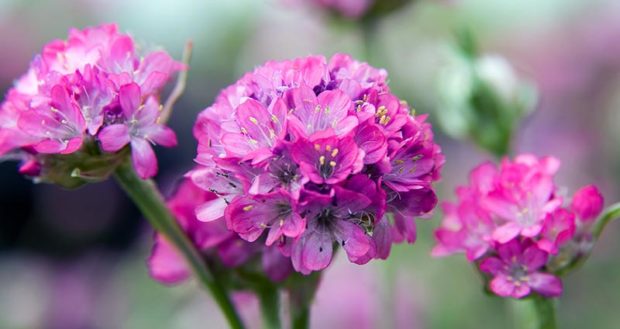
Sea thrifts make great companions to other spring bloomers in full sun. Use their pink flowers in contrast with the blue flowers of other perennials like creeping phlox, dwarf crested iris, or ajuga. Take advantage of their early bloom season by incorporating spring-blooming bulbs such as yellow daffodils or blue grape hyacinths. Don’t forget to include some silver foliage with these pink and blue flowers. Try an artemisia or the non-blooming form of lamb’s ears (Stachys byzantina ‘Silver Carpet’). All of these make great, long-lasting additions to a showy spring perennial border or rock garden.
Armeria promises to provide years of color from plants that ask very little in return. So, if you’re ready to grow some plants that fulfill your original perception of the perennial gardening experience, try the low maintenance, long-lived, and long-blooming sea thrift.
Sea thrift
Botanical name: Armeria (are-MARE-ee-ah)
Plant type: Perennial
Plant size: Height and width: 2-18 inches, depending on species
Habit: Clump-forming; flower stems rise above foliage mats/clumps
Hardiness: Zone 4/5, depending on species
Flower color: Light pink, deep pink, white
Flower size: 3/4 to 1-1/2 inches wide
Bloom period: May
Leaf color: Green
Leaf size: Grass or strap-like, 1 to 8 inches long, depending on species
Light: Full sun
Soil: Well-drained, infertile and dry
Uses: Rock garden, front of perennial border, trough garden, stone wall “pockets”
Companion plants: Perennials: creeping phlox, dwarf crested iris, ajuga, lamb’s ears, artemisia. Bulbs: yellow daffodils, blue grape hyacinths.
Remarks: Low maintenance. Bloom time can be extended by removing spent blossoms.
George Papadelis is the owner of Telly’s Greenhouse in Troy and Shelby Township, MI.

